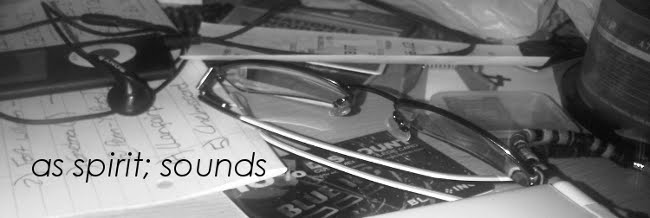
'Decreation: To make something created pass into the uncreated.'
'Destruction: To make something created pass into nothingness. A blameworthy substitute for decreation.'
- Simone Weil
As the writer puts metaphorical pen to paper, in terms of the very instance of a thought – inspiration – he is creating. This is something which we have come to accept: the act of drawing upon faculties and resources in order to envision a new order or combination of parts. This is ‘creation’, something which most of us find easy to let by unscrutinised.
Not so long ago I was captivated by Simone Weil’s philosophy of decreation; indeed, it has now become a staple in explaining away a great deal of the emotional traumas that have wandered through my life up until now. How we are able to decreate and then create ourselves in new and exciting, stronger ways leads me to believe that we are, in many areas, truly dynamic beings. So I’d like to spend a little time breaking down what she says, as I believe it’s important to understand how people, and in particular writers, ‘decreate’ as much as ‘create’. I will be doing this through the genius of Lego. That’s not the name of a philosopher, I really do mean Lego.
Firstly, let’s have a look at ‘uncreated’ and ‘nothingness’. They’re frightening terms, yes. The whole notion of the ‘uncreated’ is slightly less frightening as a starting point because this seems to refer to all the bits and pieces which are ‘us’ in their broken apart state. So, think little blocks of Lego scattered over the floor which are all the pieces that make up the writer’s self. Not that depressing, really, when compared to ‘nothingness’. If we continue our Lego analogy here, you can forget the Lego. ‘nothingness’ isn’t even the bare floor without any Lego scattered on it: more just blackness, or if you can imagine it (which you can’t) no blackness at all.
So if we destruct something, we aren’t taking the Lego and packing it away in a large box – we’re banishing it from the realms of existence altogether. However, if we decreate something, we’re taking the Lego model apart and looking at all the shiny, shiny coloured pieces in their individual glory, just waiting to be reconnected together.
This is the importance of creation and decreation as opposed to destruction: both creation and decreation share a symbiosis with each other. As the writer is creating something afresh, he is simultaneously recognising that his ‘self’ is able to be decreated. The writer is able to be split into component parts which suffuse themselves into his work – a combination of individual faculties. When the writer chooses to write, he is unwriting himself; as a Lego model is built, we see the pieces which slot together in creating it.
In a very simple way, this is what the writer needs to consider when thinking about the way in which he or she writes. It is a case of understanding your own parts, how they work and interact with each other: thoughts, emotions, beliefs and experiences. Once the writer has an understanding and grounding in this, the poetic or narrative voice becomes increasingly assured. After all, a Lego model will always look best if it’s well thought out.




Ah, this reminds me of the "thingliness of the thing!" - great musing Simon, love the site and I'll never look at lego in the same way!
ReplyDeleteKeep up the good work!
Yes! That reminds me of David Herd's characterisation of the 'thing' as something from a horror movie. Sheer class!
ReplyDeleteCheers for the nice words - I've another few extended posts in the pipeline too, the busy fool that I am.